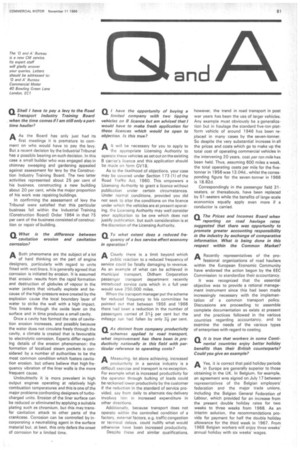n What is the difference between cavitation erosion and cavitation corrosion?
Page 83

If you've noticed an error in this article please click here to report it so we can fix it.
ABoth phenomena are the subject of a lot
of hard thinking on the part of engine designers, particularly with regard to units fitted with wet liners. It is generally agreed that corrosion is initiated by erosion. It is assumed that erosion results from the rapid formation and destruction of globules of vapour in the water jackets that virtually explode and because of the high-pressure wave created by the explosion cause the local boundary layer of water to strike the wall with a high impact. This breaks through the oxide layer on the surface and in time produces a small cavity.
Once a cavity has formed the rate of cavitation erosion increases, and possibly because the water does not circulate freely through the cavity, a climate is created that is favourable to electrolytic corrosion, Experts differ regarding details of the erosion phenomenon: the formation of localized steam pockets is considered by a number of authorities to be the most common condition which fosters cavitation erosion, but others believe that high frequency vibration of the liner walls is the more frequent cause.
Undoubtedly it is more prevalent in high output engines operating at relatively high combustion temperatures and this is one of the major problems confronting designers of turbocharged units. Erosion of the liner surface can be reduced or eliminated by applying a suitable plating such as chromium, but this may transfer cavitation attack to other parts of the crankcase. Corrosion can be controlled by incorporating a neutralizing agent in the surface material but, at best, this only defers the onset of corrosion for a limited time.
































































































































